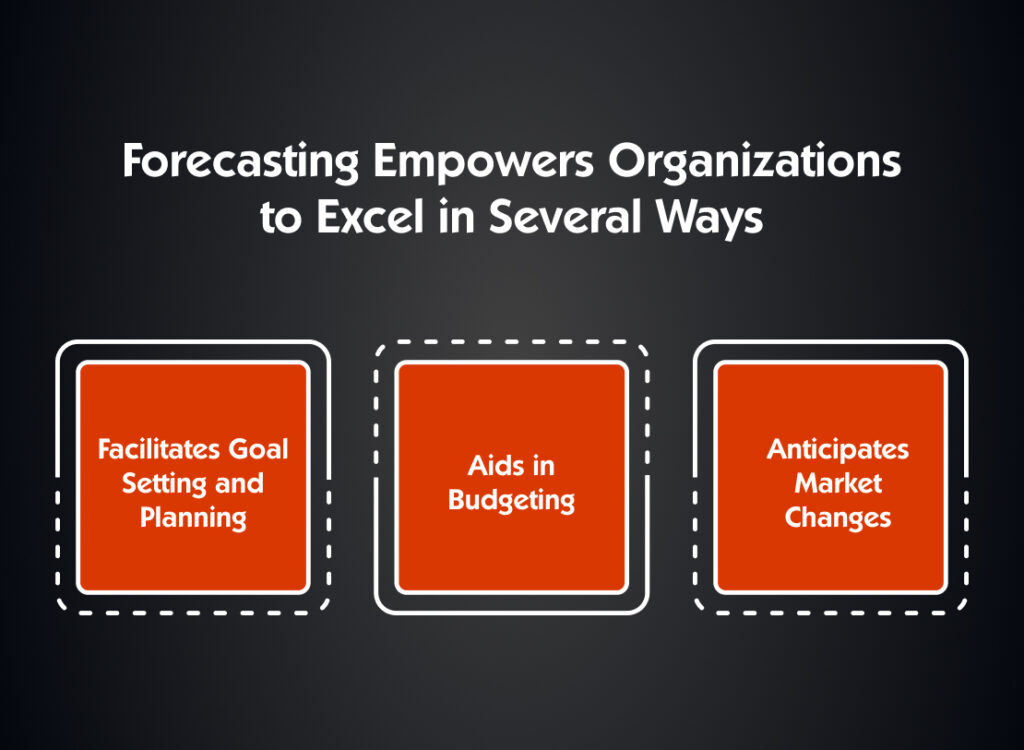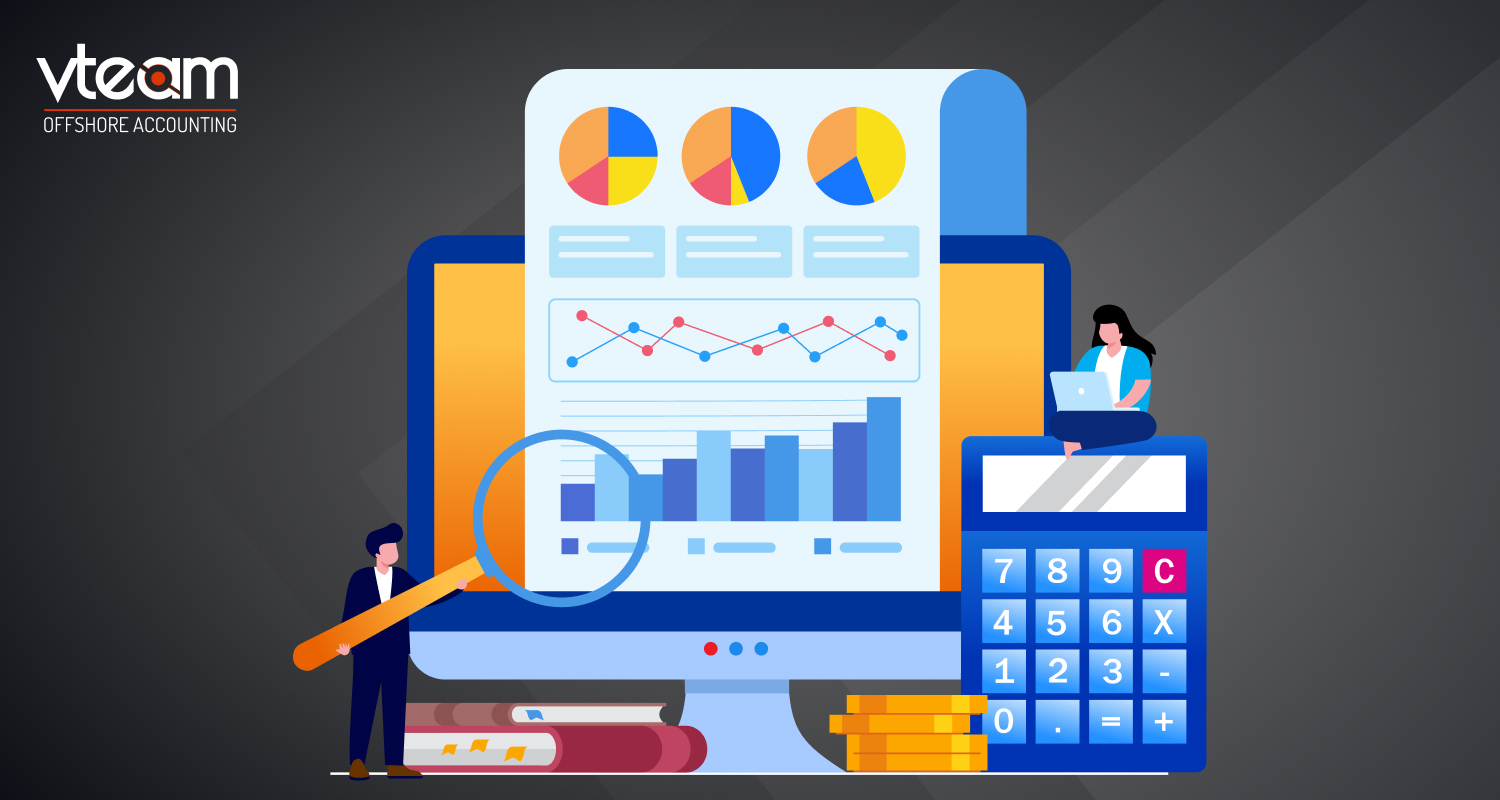Have you ever dreamt of peeking into your business’s future? Well, with the magic of financial forecasting of business, it’s possible! By tapping into current and past data, you gain the power to make accurate predictions and spot future trends. Imagine having a crystal ball for your business! In this blog, let’s dive into the world of forecasting—what it is, why it matters, how it can supercharge your business success, and the nifty tools that make it a breeze. Get ready to boost your confidence in data analysis and elevate your business game.
What is Financial Forecasting?
Forecasting is like peering into the future by examining the past and present. It’s a nifty planning tool that helps businesses navigate uncertainties, predicting the demand for goods or services.
Financial forecasting, on the other hand, crafts a financial plan estimating a business’s future income and expenses. A robust financial forecast considers both overarching economic factors and organization-specific conditions. It delves into short- and long-term outlooks, addressing potential revenue impacts and planning for unforeseen expenditures.
Creating effective financial forecasts involves model-savvy experts, be they in-house or consultants, merging their insights with those intimately familiar with the organization. Information gathering and smart software are crucial players in this forecasting dance. Join us in unraveling the intricacies of financial forecasting services for a brighter business journey!
Why is Forecasting Important?
Financial forecasts play a crucial role in business planning, budgeting, operations, and securing funding — aiding leaders and stakeholders in making informed decisions.
Essentially, a financial forecast is a glimpse into a company’s future financial outcomes, integrally woven into the annual budget process. It guides significant financial choices, whether for capital projects, staffing increases, or seeking funding. Businesses leverage data from financial forecasts for balance sheets and other disclosures.
By providing cohesive reports, financial forecasts empower finance departments to set realistic and achievable business goals. They offer management valuable insights into past performance and future projections. These forecasts go beyond internal fiscal controls, influencing investor relations and loan acquisition processes. Even startups find themselves integrating financial forecasts into their business plans, a topic we’ll delve into shortly.
Benefits of Financial Forecasting
Financial forecasting provides a roadmap for businesses, offering a glimpse into future financial health. This strategic tool aids in budgeting and guiding major decisions on capital projects, staffing, and funding. It serves as a vital component of annual budget processes, informing leadership about the financial trajectory. Beyond enhancing internal fiscal controls and management insights, financial forecasts play a pivotal role in investor relations and loan applications. Startups benefit by incorporating financial analysis services into their business plans, influencing investor confidence. Overall, the benefits encompass better decision-making, improved fiscal planning, and increased confidence among stakeholders, aligning financial strategies with organizational goals.
Key Components of Financial Forecasting
Forecasts are dynamic predictions influenced by changing conditions, allowing informed assumptions. Key components include:
- Evaluating historical results
- Choosing a time horizon
- Considering risks
- Exploring revenue scenarios
- Addressing expenses and internal risks
An accurate forecast is vital for navigating unexpected events. Budgeting and forecasting services, though distinct, are interconnected. A solid forecast enhances budget realism, aligns spending with financial factors, and safeguards against overspending or missed growth opportunities.
Forecasting Empowers Organizations to Excel in Several Ways

Facilitates Goal Setting and Planning
Forecasting enables businesses to establish realistic and measurable goals by analyzing current and historical data. Accurate data analysis assists in determining the level of change, growth, or improvement considered successful. These goals provide a benchmark for evaluating progress, allowing businesses to adapt processes as needed for continued success. Tools like CRM (discussed later in this blog) enhance visualization of forecasting, offering insights into the sales pipeline, opportunities, and more.
Aids in Budgeting
Visibility into potential trends and changes guides businesses in allocating budgets effectively, whether for products, services, hiring, or strategy adjustments. Budgeting quantifies revenue expectations, while financial forecasting estimates future income, combining current functionality with predicted trends for better budget allocation.
Anticipates Market Changes
Forecasting provides insights into both current data and future projections, empowering businesses to adjust strategies and operations proactively. This proactive stance positions businesses to anticipate and adapt to market changes, optimizing resources and standing out from the competition.
Also Read : 8 Keys Tips To Create An Effective Annual Financial Plan For 2024
Creating Effective Financial Forecasts
Creating effective financial forecasts involves a comprehensive approach. Start by weighing historical results against the context at the time, considering variables like COVID-19’s impact. Define a forward-looking period, factoring in macroeconomic risks and exploring best- and worst-case revenue scenarios. Anticipate regular and unforeseen expenses, incorporating risk-adjusted methodologies. Internal risks, often overlooked, require attention. This meticulous process ensures reasoned assumptions and boosts confidence in forecast accuracy. Financial forecasting is a precursor to budgeting, influencing realistic budgets aligned with overall financial performance, preventing overspending, and fostering informed decision-making for growth opportunities.
Application of Financial Forecasts
Financial forecasts find application in steering business strategies, aiding informed decision-making, and ensuring financial stability. They guide resource allocation, helping businesses set realistic goals and navigate challenges effectively. These forecasts play a crucial role in capital investment decisions, influencing whether to greenlight new projects or expansions. Lenders and investors often scrutinize financial forecasts, influencing their decisions to provide funding. Businesses also deploy forecasts to manage risks, adapting strategies based on anticipated economic conditions. Moreover, financial forecasts enhance agility by allowing organizations to proactively adjust their financial plans, ensuring resilience and success in dynamic markets.
Conclusion
Effective financial forecasting is a cornerstone for businesses aiming for sustained success. The ability to set realistic goals, allocate budgets wisely, and anticipate market changes is invaluable. By leveraging accurate data analysis and utilizing tools like CRM for enhanced visualization, businesses can navigate uncertainties, adapt strategies, and optimize resources. Financial forecasting not only guides current decision-making but also lays the foundation for future growth and resilience. As businesses strive to excel in dynamic landscapes, embracing the power of forecasting becomes a strategic imperative, ensuring they remain agile, competitive, and well-prepared for whatever challenges lie ahead.
Embark on a strategic financial journey with vteam’s forecasting services. Our expert team utilizes advanced analytics and data-driven insights to project future financial scenarios. Contact us today to explore how our experts can help you transform your business.




